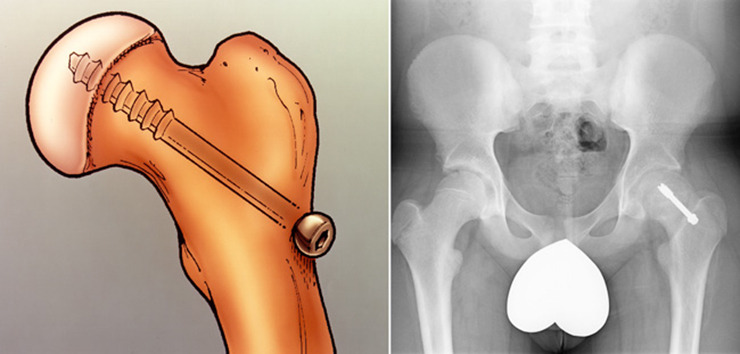The Minister of Health, Dr. Saia Piukala, has described comments posted on Facebook about a hip operation on a young girl as derogatory and based on ignorance.
He said he was deeply concerned at the level of negative comments the people made about the Ministry as it greatly affect the morale of his staff.
The online comments were made after a young girl from Pangaimotu underwent hip surgery in Tonga and then underwent further surgery in New Zealand.
The girl suffered from Slipped Capital Femoral Epiphysis (SCFE), a condition that requires surgery to stop the head of the femur (thigh bone) from slipping out of alignment.
Surgeons in Tonga performed the surgery on the girl and a screw was used before the girl was released to her home in Vava’u.
Dr. Piukala said the use of a screw was standard and was used in many hospitals in New Zealand, Australia and the United States.
The metal screw was to make sure it kept the femur in position.
However, a group of Lottery volunteers from New Zealand visited Pangaimotu after the girl returned from surgery and noticed she was limping.
They volunteered to take her to New Zealand for further treatment.
During surgery in Hamilton the screw that had been used in Tonga was removed.
After the operation a photo purporting to show the screw that was used in the young girl’s hip was posted to Facebook.
The poster implied that the girl’s parents were shocked to learn that a screw had been inserted into their daughter’s body by the Tongan surgeons.
This has sent shock waves among Facebook users and triggered a series of heated debate across social media.
Some questioned the academic and professional background of the Tongan surgeons, why a screw had been used in the treatment of the girl and whether her limping had been caused by the screw.
Dr. Piukala said the screw was specially manufactured to be used in such operations.
He said if the girl had been sent to New Zealand for her initial treatment the surgeons would have used the same screw to help relieve her condition.

Description
According to the American Academy of Orthopaedic Surgeons (AAOS) SCFE or Slipped Capital Femoral Epiphysis is the most common hip disorder in adolescents. In SCFE, the epiphysis, or head of the femur (thighbone), slips down and backwards off the neck of the bone at the growth plate, the weaker area of bone that has not yet developed.
The AAOS said CFE usually developed during periods of rapid growth, shortly after the onset of puberty. In boys, this most commonly occurred between the ages of 12 and 16; in girls, between the ages of 10 and 14.
Sometimes SCFE occurred suddenly after a minor fall or trauma. More often, however, the condition developed gradually over several weeks or months, with no previous injury.
Treatment
“The goal of treatment is to prevent the mildly displaced femoral head from slipping any further. This is always accomplished through surgery,†the AAOS said.
“Early diagnosis of SCFE provides the best chance of stabilizing the hip and avoiding complications. When treated early and appropriately, long-term hip function can be expected to be very good.â€
Procedures
Surgery to deal with SCFE includes a procedure known as in situ fixation which is usually used for patients with a mild or stable condition. In this procedure the surgeon makes a small incision near the hip, then inserts a metal screw across the growth plate to maintain the position of the femoral head and prevent any further slippage.
According to the AAOS, over time, the growth plate will close, or fuse. Once the growth plate is closed, no further slippage can occur.
The main points
- The Minister of Health, Dr. Said Piukala, has described comments posted on Facebook about a hip operation on a young girl as irrational, derogatory and based on ignorance.
- He said he was deeply concerned at the level of negative comments the people made about the Ministry as it greatly affect the morale of his staff.
- The online comments were made after a young girl from Pangaimotu underwent hip surgery in Tonga and then underwent further surgery in New Zealand.
- The girl suffered from Slipped Capital Femoral Epiphysis (SCFE), a condition that requires surgery to stop the head of the femur (thigh bone) from slipping out of alignment.
For more information
Slipped Capital Femoral Epiphysis (American Academy of Orthopaedic Surgeons)
